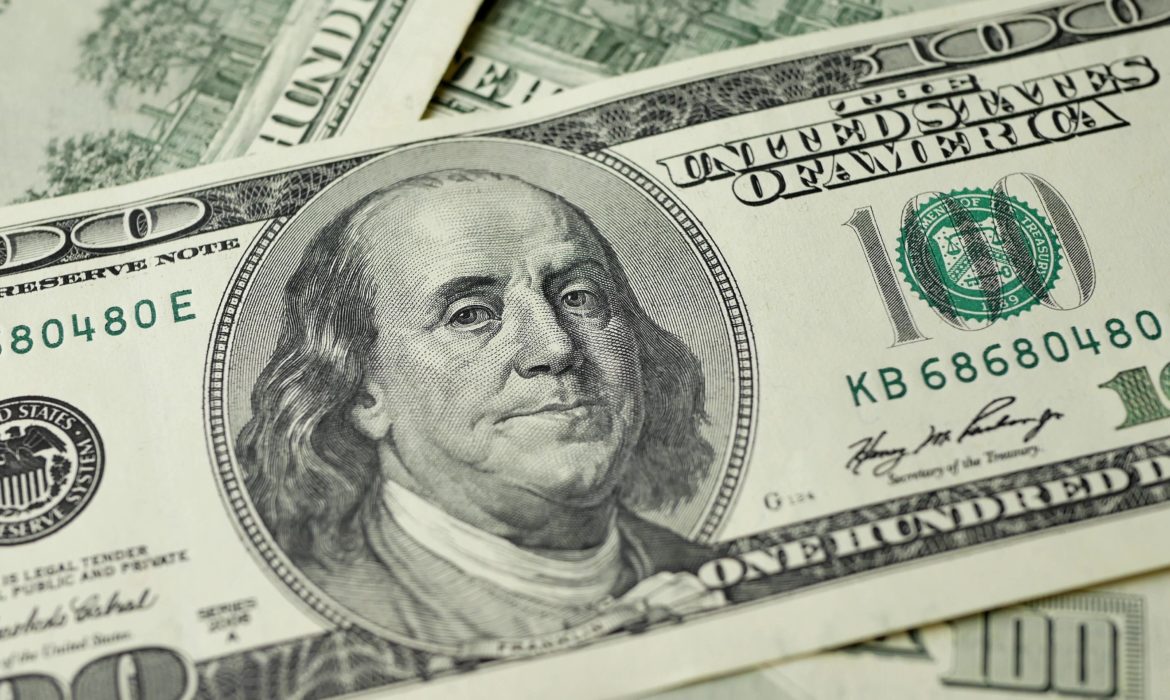The world’s reserve currency declined for a second consecutive session on Tuesday, knocked off the 19-month peak it reached on January 28, while risk-sensitive currencies such as the Australian dollar and British pound strengthened their positions.
Last week, the U.S. dollar index reached its highest point in more than a year. It fell on the last day of January. On Tuesday, the dollar index was down 0.4% on the day at 96.281 by 12:23 GMT.
The euro gained 0.3% against the dollar to $1.12705.
Its downward turn could be due to end-of-month flows that left investors needing to sell dollars in the last week. The improved risk appetite observed in stock markets may also be playing a role as the U.S. currency is regarded as a safe-haven currency.
However, there is a view among analysts and investors that, when it comes to the rate hike trajectory in major currencies, the euro may be more attractive than previously thought.
At the moment, the market is pricing in as many as five Federal Reserve rate hikes this year. In the meantime, the European Central Bank maintains its ultra-loose monetary policy stance.
Dollar, yen, and pound
The U.S. dollar declined against the Japanese yen, with the pair at 114.635, and it hit a six-day low against the Swiss franc.
The Australian dollar fell sharply overnight after the country’s central bank pushed against expectations for near-term rate hikes until inflation is higher.
Still, the “risk-on” tone in markets meant that the Aussie soon recovered and was up 0.5% on the day at $0.71045.
The British pound gained 0.3% against the U.S. currency to $1.3488.















